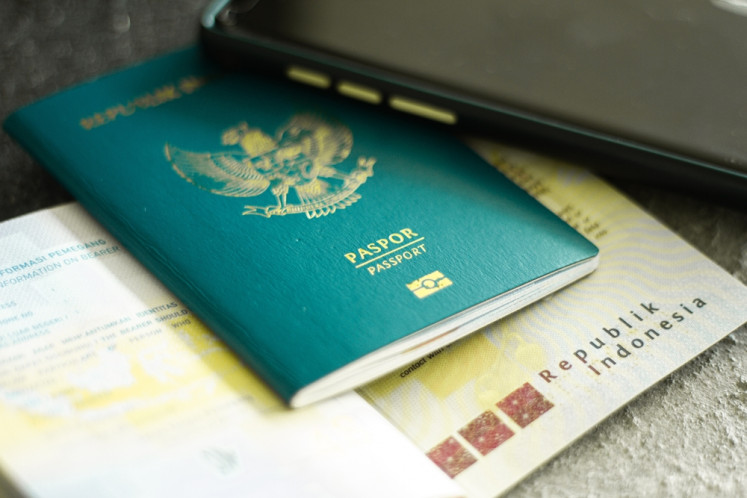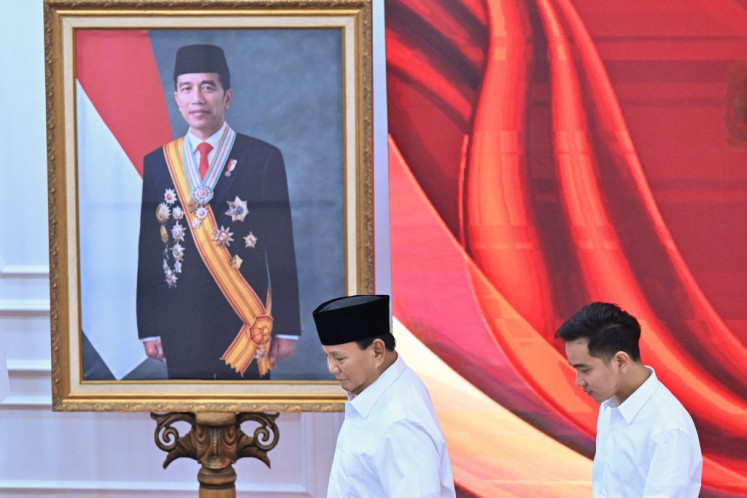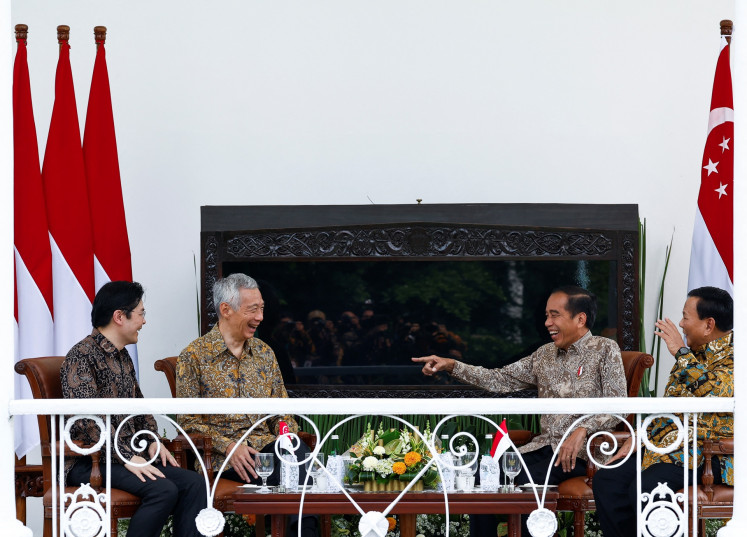Rising sea levels endanger Jambi village
In Tungkal I village of West Tanjungjabung, Jambi, climate change is real
Change Size

In Tungkal I village of West Tanjungjabung, Jambi, climate change is real.
Located in the eastern part of Sumatra, the village faces the South China Sea and has suffered massive abrasion that is expected to swallow its shores by hundreds of meters annually.
Residents, who are mostly coconut farmers and fishermen, have tried to protect their village by planting mangroves on the seashore. “The mangroves have to be maintained. Otherwise, the seawater will continue to erode our village,” Ahmadi, 65, told The Jakarta Post recently.
Ahmadi leads 25 local farmers under the Hutan Bakau Lestari (Sustainable Mangrove) group that since 2002 has become a major force behind a mangrove protection initiative.
The group produces between 1,000 and 2,000 mangrove seedlings monthly. A seedling is sold for Rp 5,000 to the regency administration and locals.
There are 10 species of mangrove in the area. Those planted facing the sea are known as bakau, api-api and pidada while the ones closer to the village are called nipah.
Thanks to the dense mangrove plants, fish like mullets and snappers as well as shrimp and crabs have thrived in the area, providing a source of side dishes to the villagers for daily meals.
A Buginese man who arrived from Sulawesi in 1985, Ahmadi said the area was abandoned when he found it.
Nearby the village, there is a trough that locals call “living mud”, a scary place for local fishermen because it is believed their boats would get stuck there.
While the regency administration has designated the mangroves in the village as a conservation and tourism area and named it Pangkal Babu, the sleepy village is still very quiet.
Many people still try to destroy the mangroves and take fish and plants. “This is what keeps me here,” Ahmadi said, adding that armed with a machete, he often chases away the people, calling them “criminals”.
Ahmadi has 100 villagers who support his group and protect the mangroves. “If the mangrove forest is left unprotected, some 100 hectares of coconut plantations in this village will disappear because of seawater erosion,” 45-year-old Lami, another villager, said.
The villagers are reliant on the copra (dried coconut kernel) trade. Once every three months, they sell at least 5 tons of copra to a buyer in Kuala Tungkal, the regency’s capital, for Rp 3,000 (20 US cents) per kilogram.
The regency administration has allocated Rp 11.5 billion for mangrove conservation in the area. Some of the money will go to replanting 25 percent of the 17,000 hectares of damaged coastal area. The project began last year with 3,000 ha being replanted, with 4,000 ha expected to be replanted this year.
“We have the target of covering 10,000 ha by 2020,” said West Tanjungjabung Development Planning Agency head Firdaus Khatab.









